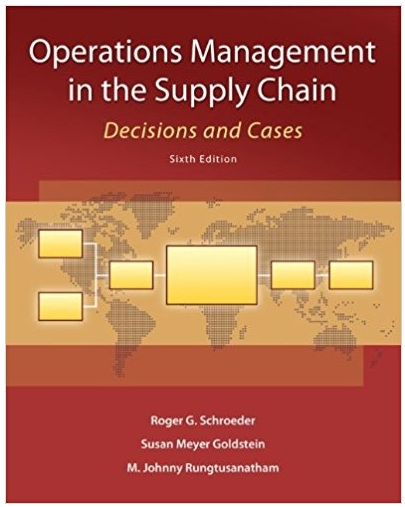Question
The questions are in column one. I need every column filled out. The sole proprietorship column is the example I have already done. 1.) Sole
The questions are in column one. I need every column filled out. The sole proprietorship column is the example I have already done.
|
1.) | Sole Proprietorship
Chapter 30 | General Partnership (Fill out this column) Chapter 31 | Limited Liability Partnership
Chapter 31 |
| What is it? | The simplest form of business organization, in which the owner is the business. |
|
|
| What document, if any, is required to create this entity? | None. |
|
|
| Legal Position (Is it a separate entity for legal purposes?) | Not a separate entity the owner is the business.
|
|
|
| Liability | Unlimited legal liability for sole proprietor. |
|
|
| Duration | By decision of owner. Business dissolves upon death of proprietor. |
|
|
| Can/How can an owners interest in the company be transferred to another person? | Can be transferred, but then sole proprietorship ends. |
|
|
| Management | By decision of proprietor. |
|
|
| Taxation | Proprietor pays only personal income taxes (including Social Security and Medicare taxes) on business profits, which are reported as personal income on individuals tax return (Schedule C Profit and Loss from Business). Allowed to establish retirement accounts. |
|
|
| Organizational fees, annual license fees, and annual reports | None/minimal.
|
|
|
| Transaction of business in other states | Typically, no limitations. |
|
|
| Advantages | Proprietor receives all profits, easy and not costly to start, few legal formalities, flexible, sole proprietor makes all decisions, no filings required (except licenses) |
|
|
| Disadvantages | Proprietor assumes burden of any losses or liabilities unlimited (personal) legal responsibility, opportunities for capital limited to personal funds and loans, lack of continuity on death of the sole proprietor (when the owner dies, the business dies automatically dissolves). |
|
|
|
| Limited Partnership
Chapter 31 | Limited Liability Company
Chapter 32 | Corporation
Chapter 33 |
| What is it? |
|
|
|
| What document, if any, is required to create this entity? |
|
|
|
| Legal Position |
|
|
|
| Liability |
|
|
|
| Duration |
|
|
|
| Can/how can an owners interest in the company be transferred to another person? |
|
| C-Corp -
S-Corp - |
| Management |
|
| C-Corp -
S-Corp - |
| Taxation |
|
| C-Corp -
S-Corp - |
| Organizational fees, annual license fees, and annual reports |
|
|
|
| Transaction of business in other states |
|
|
|
| Advantages |
|
| C-Corp -
S-Corp - |
| Disadvantages |
|
| C-Corp -
S-Corp - |
Step by Step Solution
There are 3 Steps involved in it
Step: 1

Get Instant Access to Expert-Tailored Solutions
See step-by-step solutions with expert insights and AI powered tools for academic success
Step: 2

Step: 3

Ace Your Homework with AI
Get the answers you need in no time with our AI-driven, step-by-step assistance
Get Started


